Published August 8, 2025 01:51PM
Destinations & Things To Do
Oman Air, in partnership with TUI launches ‘Oman Air Holidays’ offering travel packages in 20+ destinations | World News

TL;DR:
Oman Air launches a new digital platform, ‘Oman Air Holidays ’, in partnership with global tourism leaderTUI . The platform offers bundled bookings for flights, hotels, tours, and transfers across 20+ destinations.- Targeted at both inbound tourists and
Omani residents planning trips abroad. SupportsOman Vision 2040 by boosting tourism and economic diversification. - Aims to enhance
Oman ’s competitiveness as a premium Middle Eastern travel destination.
Oman Air has officially launched Oman Air Holidays, a digital one-stop-shop for travel bookings, in collaboration with international tourism giant TUI. Introduced at a press conference in Muscat, the platform aims to simplify holiday planning by integrating flights, hotels, guided tours, and transfers, offering both Omani residents and international travelers an elevated and streamlined experience.
What makes Oman Air Holidays different?
This isn’t just another booking website. It’s part of Oman’s wider push to redefine its global tourism appeal. Through this platform, users can:
- Book curated travel packages to 20+ international destinations
- Choose from a vetted selection of hotels, experiences, and transfers
- Access a dedicated digital support system that handles the entire booking experience end-to-end
- Visit the platform at holidays.omanair.com
Omanis heading abroad and foreign tourists arriving in the Sultanate now enjoy an integrated service that simplifies itinerary building and enhances transparency through real-time pricing and post-sale assistance.
Tourism meets tech
This initiative isn’t just about travel, it aligns with Oman Vision 2040, which seeks to diversify the economy beyond oil and position Oman as a top regional tourism destination. The launch builds on the momentum from Oman Air’s stopover programme, and the expansion of its route network to new cities like Rome and Amsterdam, encouraging tourists to experience Oman as a destination, not just a layover.TUI, short for Touristik Union International, is a leading multinational travel and tourism company headquartered in Germany. It operates one of the world’s largest leisure, travel, and tourism businesses, with services spanning package holidays, flights, cruises, and hotel operations.
TUI’s global muscle + Oman Air’s local expertise
The partnership with TUI, one of the world’s largest travel and tourism groups, brings robust infrastructure and international expertise to the table. Oman Air, on the other hand, offers deep regional knowledge and high-end service quality. Together, they’ve created a tool that benefits:
- Inbound tourists looking to explore Oman’s heritage, nature, and adventure offerings
- Omani residents who want to travel abroad with ease and customization
- The broader tourism economy, from hotels to local tour operators and transport providers
Why this launch matters
- Simplifies Travel: Reduces reliance on multiple platforms by offering a unified system
- Supports Economic Growth: Fulfills key pillars of Oman’s national development plan
- Encourages Longer Stays: Combined with stopover perks, it invites travelers to extend their time in Oman
- Boosts Competitiveness: Enhances Oman’s standing among regional tourism hubs like Dubai and Doha
With Oman Air Holidays, the Sultanate sends a clear message—it’s ready for the digital traveler. By blending ease, reliability, and curated quality, this new platform isn’t just about making trips smoother—it’s about making Oman shine brighter on the global tourism map.
FAQ
- 1. What is Oman Air Holidays?
A new digital travel platform by Oman Air and TUI that allows users to book flights, hotels, tours, and transfers in one place.
- 2. Where can users access it?
Through holidays.omanair.com, available for both inbound and outbound travelers.
- 3. What destinations are supported?
The platform currently supports 20+ global destinations alongside curated inbound travel packages to Oman.
- 4. How does it benefit Oman’s economy?
It contributes to Vision 2040 by enhancing the tourism sector, creating jobs, and diversifying the economy beyond oil. TUI brings decades of global tourism expertise and technology to enhance customer experience and reach.
Destinations & Things To Do
Getting back the feel – The Trek
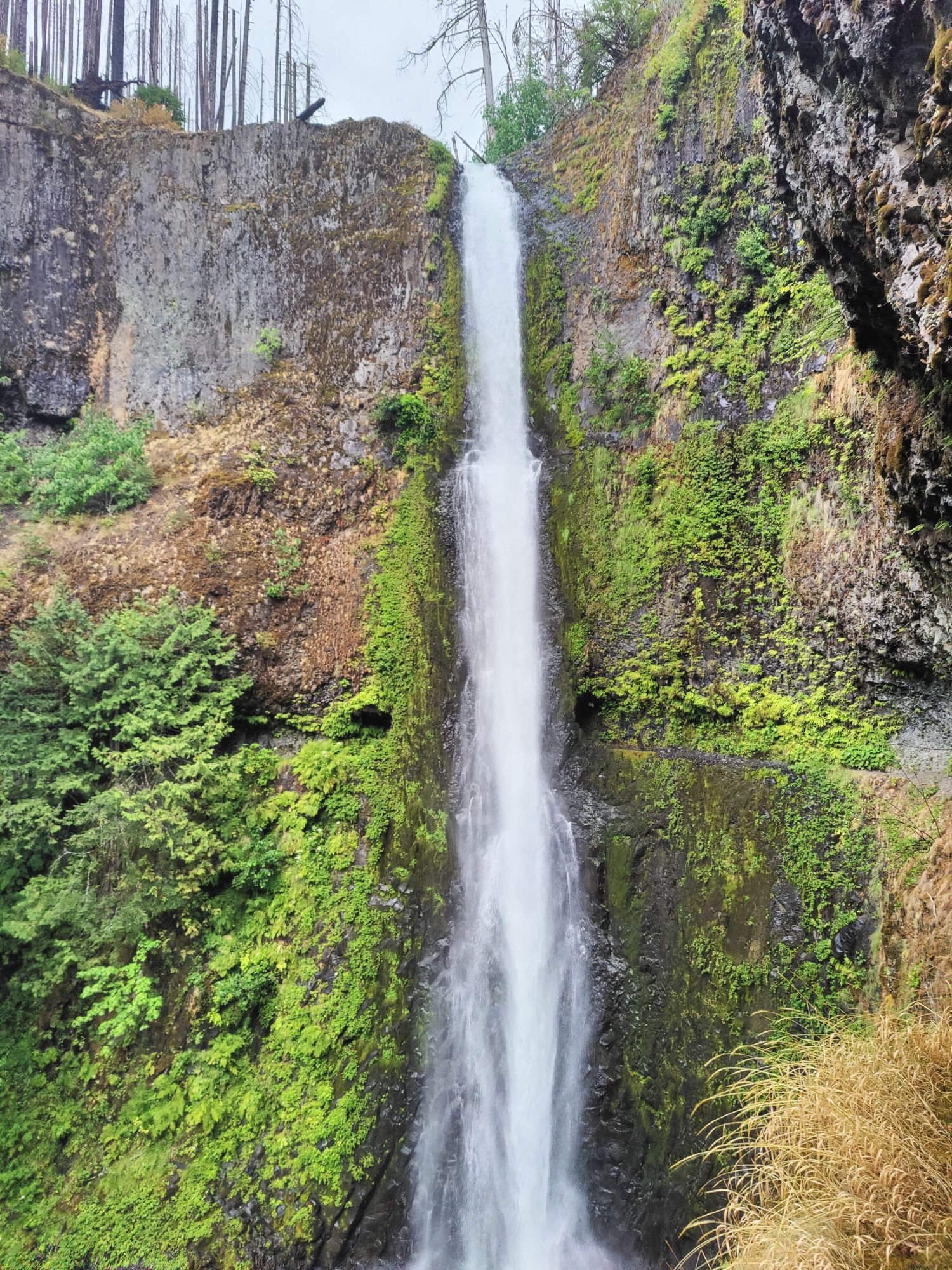
Starting the second stretch
After the first stretch of the trail which was from Shelter Cove to Santiam Pass, it was time for the second stretch. It started nice with some treats from the Sisters Bakery. Soon the trail led through Mt. Jefferson Wilderness and the number of hikers rose. It seemed like I was just ahead of a smaller bubble which has now caught up to me during my rest days.
The landscapes also changed and so did the way of hiking. No more lakes meant no mosquitos but also no possibilities of swimming anymore. This was good and bad at the same time. I missed my swimming brakes but I did not miss the mosquitos.
Burnt areas
Another reason for the lack of mosquitos were probably the huge burnt areas the trail leads through. It was scary to see how much forest got destroyed, especially knowing that many of these fires happened after 2019. This triggered again a feeling of sadness in me. I told myself that I could have walked through nice forest here if I would have not had to quit the trail and some melancholy caught me. It made me ask myself some almost philosophical questions about if the PCT is still the PCT or not. The trail for sure is the same but the experiences are different was the answer that I came up for myself.
After crossing one of the biggest burnt areas I have ever seen, I finally arrived in an oasis that could probably be considered the highlight of Oregon (with Crater Lake in my opinion). Jefferson Park was insanely beautiful and peaceful. And there were lakes to dip in! It was heavenly after walking through shadowless dust. Additionally it gave a feeling of having reached another milestone.
The milestones this year are all smaller and closer together but they provide a feeling of accomplishment. Compared to 2019 it was only the hiked miles by day that provided such a feeling. I’m really happy that I can perceive the trail at this stage so different than 6 years ago. My concerns and worries about not being in thru hiking shape and not being part of this group slowly diminished.
Trail magic and feeling like being home again
As the number of thru hikers rose, so did the conversations with them. One thing that every hiker wants to hear has been passed along like a beacon by southbounders: Trail Magic. Just before Timothy Lake there are two groups of trail angels providing magic for us hikers. The first one, Carbs, made enormous pancakes for us and the second provided hamburgers, grilled cheese sandwiches and much more. There I could also meet some hikers and get to know them better. Doing so, I got the feeling of belonging back and boy, this was so good.
The following days I jojoed around the same hikers and this feeling of continuity reminded me of my first attempt in 2019. The combination of the Trailmagic and the other hikers finally made me realize that it doesn’t matter if I have not started at the Mexican border and I found my peace in being the hiker I am for this season. The daily mileage I was able to do has also increased so you could say that I was finally back home again.
Timberline Lodge and Hiker Hunger
One of the next stops was the famous Timberline Lodge and its breakfast buffet. It was interesting that this year there was apparently a discussion about if the breakfast or the lunch buffet was better but my choice was definitely the breakfast buffet. Being there it was hilarious to see all the backpacks standing around the lodge and realizing the majority of guests were hikers. The buffet was good for sure but my Hiker Hunger not quite there yet. Anyway, it was a really nice experience and for picking up my resupply box in Government Camp I even got a hitch on the back of a pick-up truck. What else could you ask for?
Leaving Timberline after making some more hiker friends, I took an alternate via Paradise Park which was beautiful and full in bloom. Passing Ramona Falls and camping there shortly after was nice too.
The next day I headed into Eagle Creek to see Tunnel Falls. There I have met 2 other hikers who left the trail and went on a road trip now. We agreed on going to Portland together the next day since this was my planned next stop anyway.
All these spontaneous things, TrailMagic and Angels, Hitches with strangers and making friends with other hikers is what makes this trail so special for me. Of course the nature is beautiful as well but in the end it is the people.
Crossing into Washington soon
Soon I will cross the Bridge of the Gods, I am sure this will be an emotional moment for me that I have imagined in the past 6 years already. Just approaching Cascade Locks caused some shivers for me. More about that later
This website contains affiliate links, which means The Trek may receive a percentage of any product or service you purchase using the links in the articles or advertisements. The buyer pays the same price as they would otherwise, and your purchase helps to support The Trek’s ongoing goal to serve you quality backpacking advice and information. Thanks for your support!
To learn more, please visit the About This Site page.
Destinations & Things To Do
Artificial Intelligence Helped Rescuers Find a Climber’s Remains
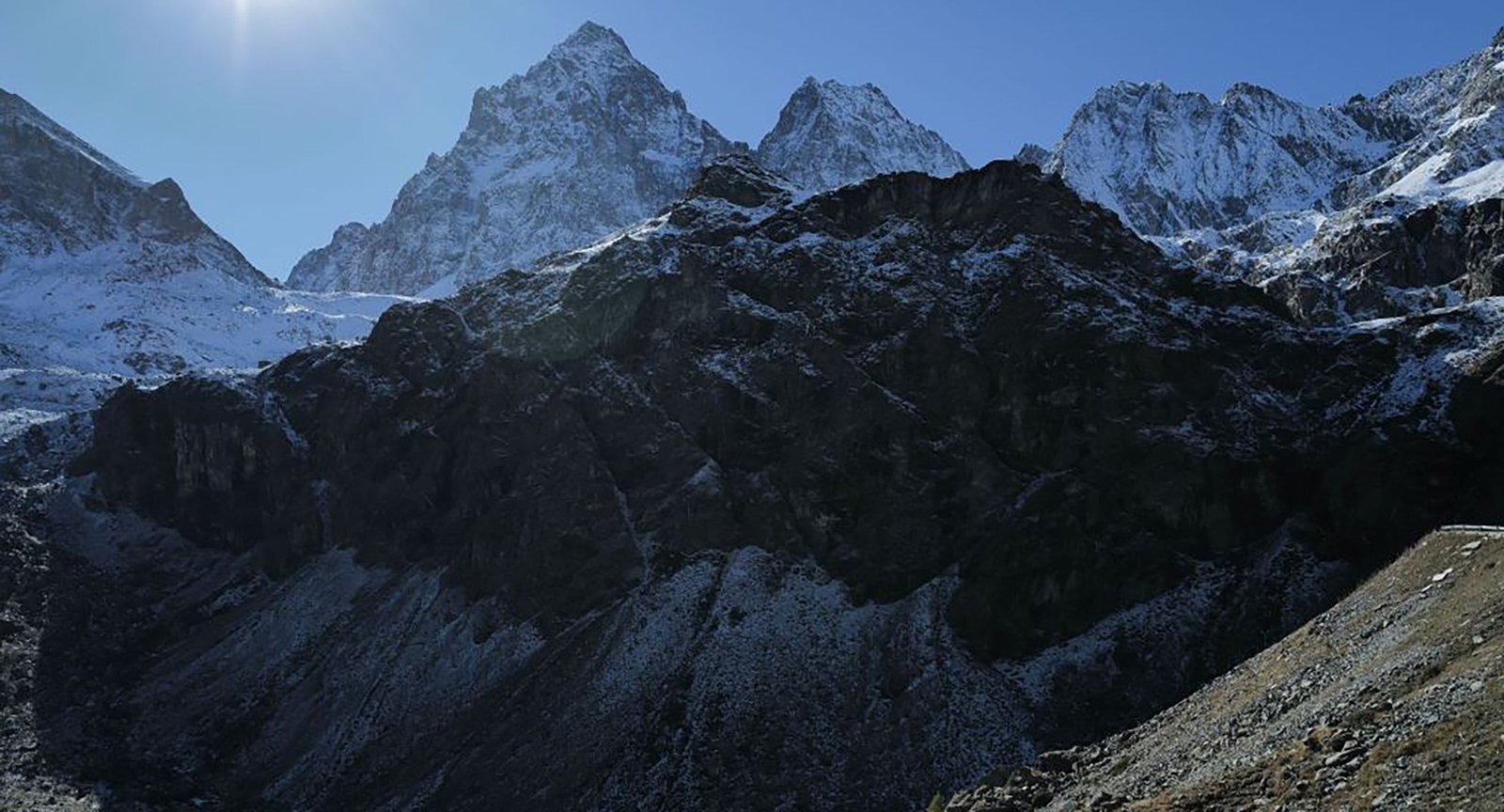
Officials in Italy used a combination of flying drones and AI software to locate the remains of a man who vanished in September
Monviso mountain towers above Turin (Photo: Vittorio Zunino Celotto / Getty Images)
Back in September 2024, a 64-year-old climber went missing in Italy’s Cottian Alps.
In late July, rescuers finally found his body, using a combination of flying drones and an advanced artificial intelligence software program, according to WIRED Italia.
Nicola Ivaldo, a doctor from Liguria, disappeared on the north face of 12,602-foot Monviso on September 14. Colleagues reported him missing when he failed to show up at work two days later, and search efforts began on September 17.
Ivaldo was an experienced mountaineer, but he was climbing alone. Monviso, which sits near the French border roughly 40 miles southwest of Turin, is a rugged, technical peak.
He also had not told his friends or family his intended route. However, before his disappearance, Ivaldo’s cell phone had connected to a cell tower north of the mountain, so rescuers believed he was attempting to climb Monviso from the north, likely via the peak’s northwest ridge.
Over the next several days, drones, sniffer dogs, and helicopters began poring across the northern and western slopes of Monviso, scouring a search area of 452 acres. But the rugged, dangerous terrain, coupled with bouts of foul weather and poor visibility—wind, rain, fog, and snow—stymied search and rescue efforts. By October, early winter snows had fallen on the mountain, covering any sign of the missing climber’s body. The search for Nicola Ivaldo was called off on October 9.
For nearly a year, the missing doctor’s fate was uncertain. But in late July, two drones, piloted by Italy’s National Alpine and Speleological Rescue Corps (CNSAS) took up the search again.
On the afternoon of July 29, the pair of drones flew over Monviso. During a span of just five hours, they documented almost every inch of the 452-acre search area, taking roughly 2,600 high-definition photographs from 165 feet above the ground. Later that day, these photographs were fed through an artificial intelligence built to recognize variances in color and shape. This software was directed to analyze the photos with specific focus on any irregularities in the landscape.
The AI program analyzed all 2,600 images the same day. What would have taken weeks or months, scanning hundreds of photos with human eyes, took a few hours. The software flagged a series of suspicious spots, including a smattering of bright red pixels that rescuers thought might be Ivaldo’s helmet.
They were right.
Less than three days after the initial drone flights, a recovery helicopter found Ivaldo’s body at approximately 10,335 feet, face down in a couloir high on the north face of Monviso.
One of the two drone pilots, Saverio Isola, told Wired Italia that the miraculous recovery was “a human achievement, but without technology, it would have been an impossible mission.”
Isola explained that Italian rescue crews have been using drones in a similar capacity for roughly five years. “In the recovery operations following the Marmolada glacier tragedy, it allowed us to operate in inaccessible areas and recover all the necessary artifacts,” Isola said. “It prevented the rescuers from risking their lives.” However, artificial intelligence analysis technologies like the kind used in this operation have only been in use for the last eighteen months. These tools were developed by the CNSAS, in coordination with Italy’s civil aviation agency.
Rescue teams across the United States commonly use aerial drones to spot missing hikers, and to scour hundreds of acres of terrain when a helicopter is not readily available. In 2021, a drone equipped with thermal imaging spotted a missing hiker outside of Santa Barbara.
In 2023, a stranded motorist tied his phone to a drone so he could send an SOS message to rescuers.
But using drones in conjunction with artificial intelligence software to scout photographs is not as common.
The CNSAS hopes that in the future, rapid implementation of artificial intelligence analysis could save missing hikers and climbers before it’s too late. In search and rescue missions for living hikers, color and shape recognition software could be combined with thermal imagery analysis. “AI is also able to interpret thermal data, and provide valuable information in just a few hours,” Isola said. While helicopters or ground rescuers are dispatched, the drones could also deliver lifesaving supplies, like food, water, or first aid kits.
Destinations & Things To Do
Ranking the Final Three ‘Alone’ Africa Participants
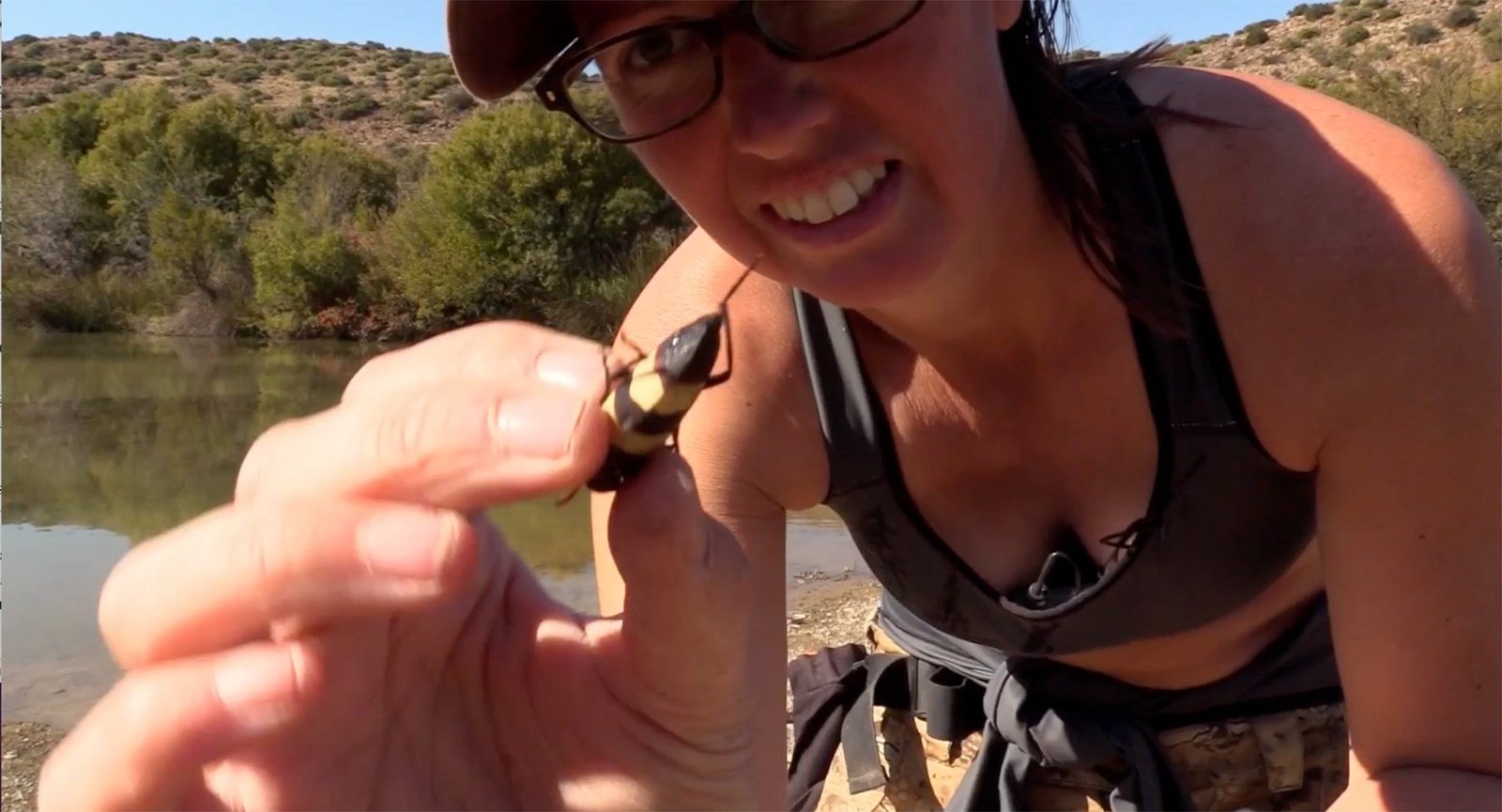
The survival reality show is quickly approaching its finale. Our articles editor assesses the strengths and weaknesses of the remaining contestants.
(Photo: The History Channel)
Published August 8, 2025 01:01PM
Perhaps its the dry air. Maybe it’s the thorny bushes and rocky terrain. Perhaps its the skittish nature of the warthogs, kudu, wildebeest, and other delicious animals roaming the plain.
For whatever reason, Alone Africa has had an attrition rate like no other season in the show’s history. And after 19 days, just three survivalists remain.
And of the three, one appears to be teetering on the edge.
(Spoiler Alert) Nobody tapped out during Alone Africa’s eighth episode, which aired on Thursday, August 7. But all three remaining participants—Katie, Kelsey, and Nathan—faced major setbacks.
Kelsey endured another fruitless hunt, and watched as her warthog jerky—she shot and killed a wild pig back on day 1—dwindled to just ten remaining pieces.
Katie also ventured into the backcountry to kill game, and tracked two wild boars across the bush-covered hills. But they escaped and she came back empty-handed, instead opting to once again eat seeds, berries, and roots that she foraged from the Karoo. To add insult to injury, Katie also was robbed by baboons.
Nathan suffered the worst calamity. For the last few days he’s been building a massive house out of sand and rocks, and on day 22 one of the walls collapsed, rendering the structure useless. Then, while fishing, Nathan’s two baited hooks became snagged at the bottom of a lake. He had to dive to the bottom of the frigid water and was only able to salvage one of the two hooks.
In each obstacle, the three survivalists revealed elements of their personalities and mindsets that, in my mind, are good predictors for how they will fare in the final two episodes. And while I don’t always like fixating on Alone’s eventual winner—the show is about more than just who stays out there the longest—I do believe it’s worthwhile to assess the strengths and weaknesses of the three survivors.
A Capable Hunter
Kelsey got out to an early lead in Alone Africa by stalking and killing a wild boar on the first day in the bush. Since then, she’s survived by eating the pig meat, which after three weeks is somehow still there.
The kill showed us just how talented Kelsey is with a recurve bow, and how accomplished she is at cleaning and processing a carcass amid an extreme environment. And huge kudos to her for her innovative water storage system, which has allowed her to venture into the backcountry without having to boil potable water all of the time.
But Kelsey’s major weakness appears to be the mindset that has crept in during the last few episodes. She doesn’t deal with setbacks very well, and has a hard time rebounding from calamity. It’s totally understandable, especially with hunger and malnutrition becoming a daily obstacle.
We saw this back in episode 3 when Kelsey’s shelter was flooded during a downpour. It was obviously a very traumatic and terrifying ordeal—one that other participants navigated as well. But since then, setbacks have really gotten to her.
Kelsey has sought positive energy from the animals she’s seen in the bush. But these bursts of happiness seem to be fleeting.
She’s also tripping into the pitfall that Woniya Thibeault wrote about in her most recent Alone column, which is thinking about her friends, pets, and life back home. As Woniya explained—[colon (:) When] when the mind wanders to normal everyday life, it’s a sign that the survivalist no longer enjoys living in the backcountry.
The All-Star Forager
Katie, meanwhile, seems entirely focused on her life in the Great Karoo desert. Like the others, she’s faced multiple setbacks: flooding, bad days of fishing, and a monkey stealing her warm hat. But after each challenge, Katie has responded with an extremely pragmatic and positive attitude.
Of the three, Katie seems like the one who has most embraced life in the Karoo. It feels like it’s her permanent home, and not just the site of a very challenging camping trip. And Katie has, for the most part, focused on her life out here and not on the one she temporarily left back home in Australia.
She’s turned her attention to other tasks, like building a windscreen for her shelter. And she’s also displayed highly advanced foraging skills that are far beyond that of any other participant on Alone Africa. She’s stayed alive for three weeks primarily by eating the native flora: acacia seeds, mint, prickly pear cactus, and roots.
In episode 8 we saw her forage native garlic and allium vineale, a wild onion, for a soup. She also ground grass seeds into a porridge, which she soaked and ate for breakfast. It was an impressive meal considering it lacked any fish or red meat.
But Katie’s weakness is the lack of protein in her diet. She caught a fish back on day 1, but since then has only eaten plants. And all of the foraging skills and the world’s most positive mindset, alas, won’t be able to overcome food insecurity of that level.
The Problem Solver
Of the three, Nathan is in the strongest position to win. He semi-regularly hauls in massive catfish from the lake near his camp. He has a temporary and a budding permanent shelter. And he has a problem-solving attitude that’s helped him navigate several setbacks.
Nathan can credit this mindset with his advantage in food. Earlier in the season he struggled to catch fish—the meaty catfish in his lake were biting through the fishing line. Nathan innovated. He doubled up the fishing line twice, then braided it together, essentially creating a super-duper mega-strong line that was capable of holding the big creatures. Since then, he’s hauled in at least four giant catfish, which can feed him for several days.
Nathan’s biggest setback came in episode 8, when the rock house he was constructing fell over. I worried that the calamity would send him into a mental spiral. After all, he’s expended considerable energy building the structure, which now appears to be ruined. But Nathan simply sat with the problem, worked it over, and found a way to continue. He also brought this energy to his stuck fish hooks. Despite losing one, he rebounded.
The access to fish, plus the positive mindset, make Nathan a heavy favorite. Sure, Nathan may get sick, suffer an injury, or simply get outlasted by Katie or Kelsey. If I were able to place a bet on Alone at a Las Vegas casino, I’d put $100 on him.
-

 Brand Stories3 weeks ago
Brand Stories3 weeks agoBloom Hotels: A Modern Vision of Hospitality Redefining Travel
-

 Brand Stories2 weeks ago
Brand Stories2 weeks agoCheQin.ai sets a new standard for hotel booking with its AI capabilities: empowering travellers to bargain, choose the best, and book with clarity.
-

 Destinations & Things To Do3 weeks ago
Destinations & Things To Do3 weeks agoUntouched Destinations: Stunning Hidden Gems You Must Visit
-

 Destinations & Things To Do2 weeks ago
Destinations & Things To Do2 weeks agoThis Hidden Beach in India Glows at Night-But Only in One Secret Season
-

 AI in Travel3 weeks ago
AI in Travel3 weeks agoAI Travel Revolution: Must-Have Guide to the Best Experience
-

 Brand Stories1 month ago
Brand Stories1 month agoVoice AI Startup ElevenLabs Plans to Add Hubs Around the World
-

 Brand Stories4 weeks ago
Brand Stories4 weeks agoHow Elon Musk’s rogue Grok chatbot became a cautionary AI tale
-

 Brand Stories2 weeks ago
Brand Stories2 weeks agoContactless Hospitality: Why Remote Management Technology Is Key to Seamless Guest Experiences
-

 Asia Travel Pulse1 month ago
Asia Travel Pulse1 month agoLooking For Adventure In Asia? Here Are 7 Epic Destinations You Need To Experience At Least Once – Zee News
-

 AI in Travel1 month ago
AI in Travel1 month ago‘Will AI take my job?’ A trip to a Beijing fortune-telling bar to see what lies ahead | China



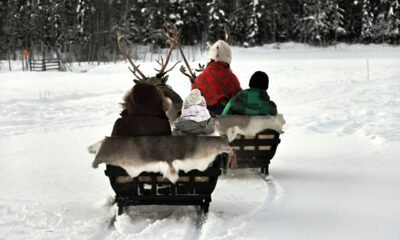

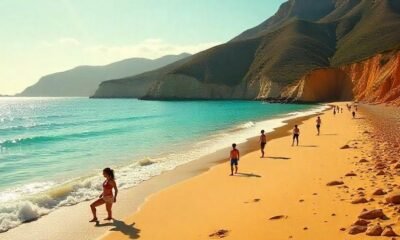



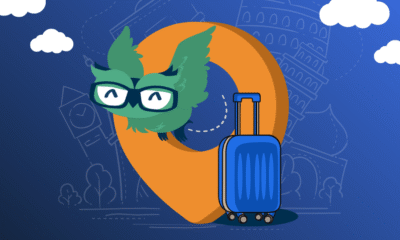



You must be logged in to post a comment Login